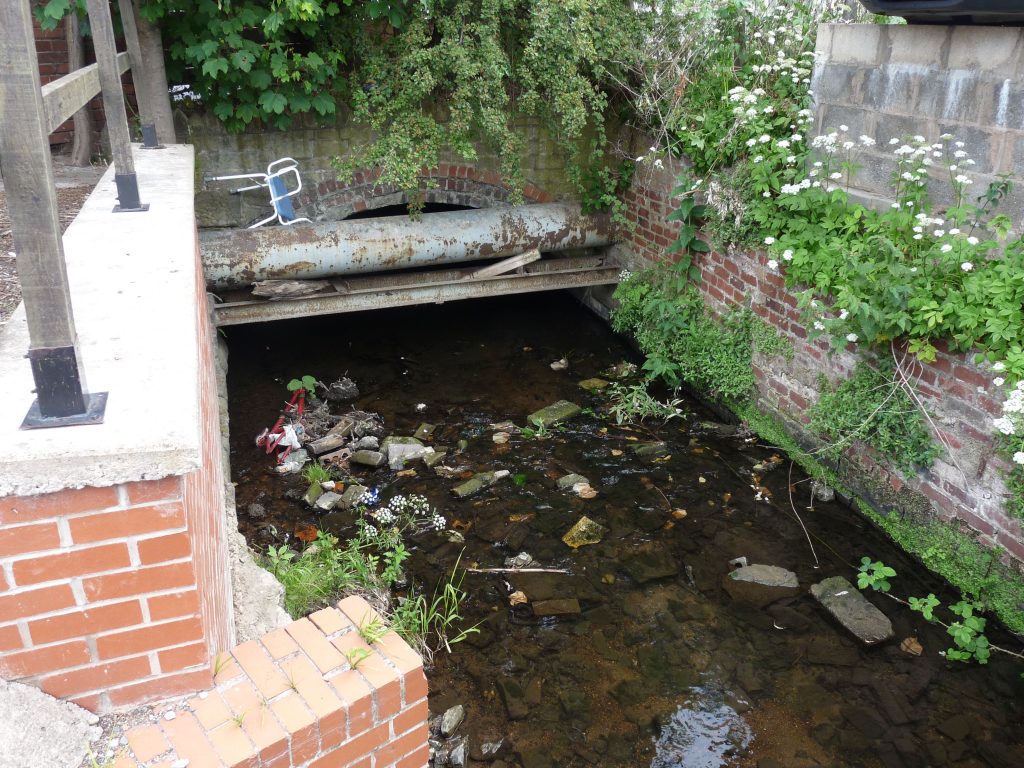So the lockdown continues and all my river wanderings must either come from memory or take place in the virtual world.
My other daughter, the middle one of three, is self-isolating too. She is pregnant and has been advised that she must do so. Luckily for her she has a job where she is able to work from home. She still goes running too, even at seven months pregnant. She was momentarily confused by the people coming out of their houses to applaud for the NHS as she ran past last night: ‘I’ve clearly lost all sense of date and time as I thought people were mocking me on my run. Yeah, I was thinking, alright I’m slow and big but I’m trying!’
I mentioned in Lockdown Day 1 that I’d almost completed the first draft of a book about a river journey from sea back to source. In subsequent lockdown days I might share some extracts from the draft here. Of course I do risk becoming like one of those trailers in the cinema where the 90 seconds they show you turn out to be the only good bits in the film.
Which brings me to the haunting complexity of London’s buried rivers. They’re not lost, not at all. Just because you can’t see a thing, as Ed Dorn points out, doesn’t mean that it’s not there. The rivers continue, hidden and culverted as they might be, to flow through our dreams, fixing the compass of our moods and movements. The Walbrook, the Fleet, the Tyburn, the Westbourne, the Effra, the Neckinger: visible or invisible, they haunt us.
Iain Sinclair – Swimming to Heaven: The Lost Rivers of London
Picture of culverted River Clywedog at Wrexham, © Bobby Seal


Would have been a bit cruel if they had been ironically cheering your daughter! I can see why she’d have been bemused. Sinclair is very good on the half-seen, isn’t he. What a great word, ‘culverted’.
Ideas of Sinclair’s which were once considered a bit wacky are now becoming mainstream. And I’ve discovered so many other wonderful writers, film-makers and artists from passing references in his books.